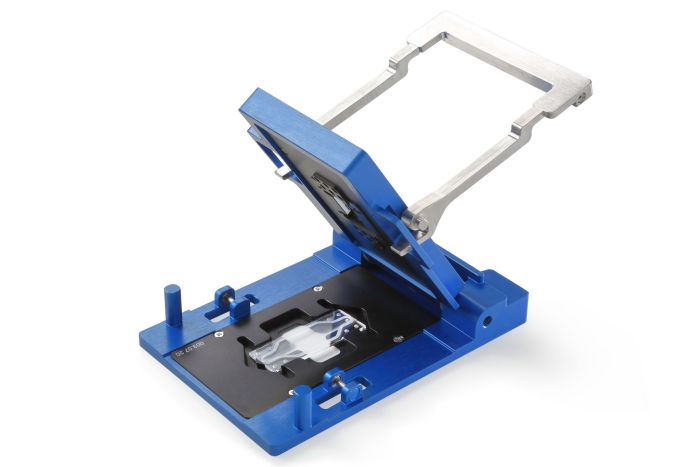shopping_basket
OOC setup (no pumps included)
This microfluidic setup contains a chip holder, chips, tubing and filters. The only thing left for you to do is select the chip(s) of your choice.
| Unit of measurement | Bundle |
|---|---|
| Application | Organ-on-a-Chip |
| Holder concept | Fluidic Connect Pro |
| Icon | Label | Description | Type | Size | Download |
|---|---|---|---|---|---|
 | Compatibility with cell imaging systems | 153.1 KB | Download | ||
 | Organ-on-a-chip manual | Manual that helps to get started with OOC using the resealable platform. | 1.5 MB | Download | |
 | Organ-on-a-chip drawing | 118.4 KB | Download |
Customer Questions

